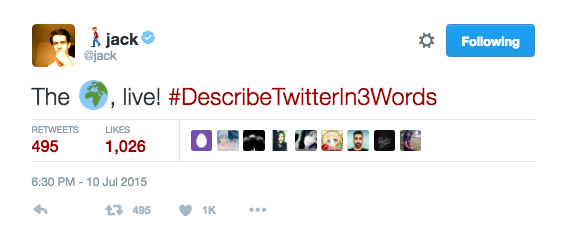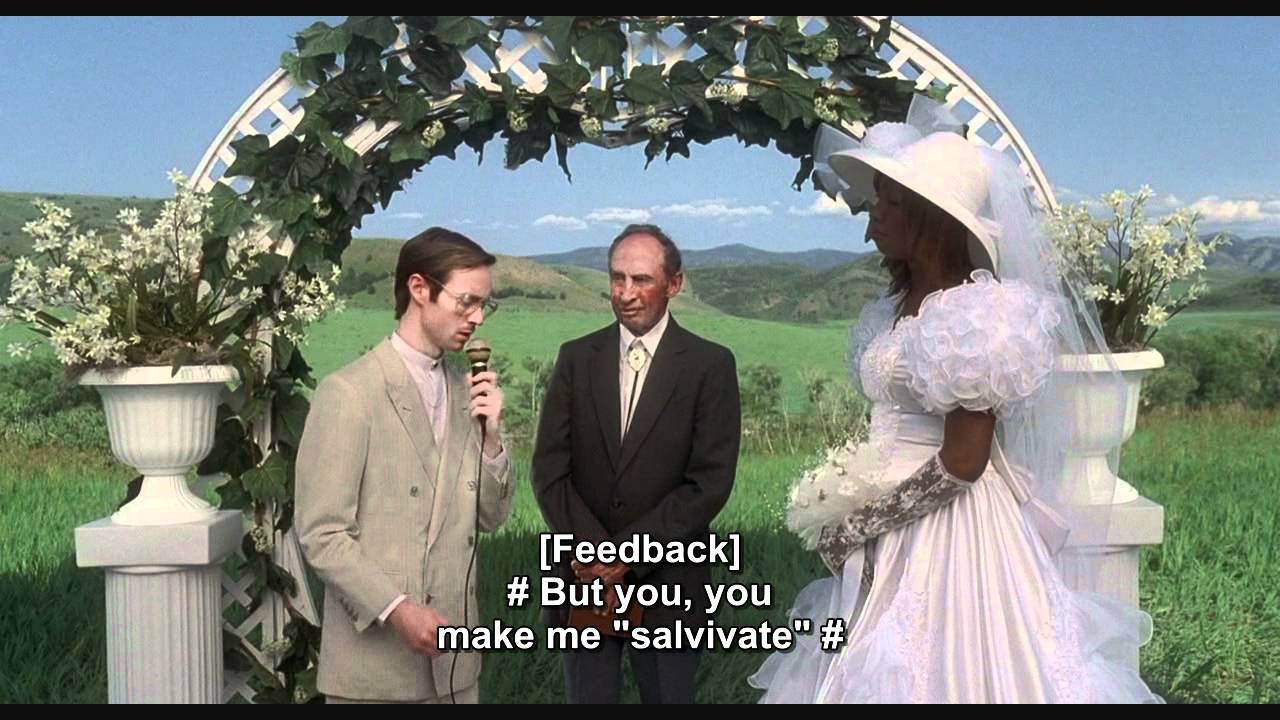
On Thursday morning, Twitter announced it is closing down Vine, the company’s beloved six-second video app and stand-alone social network it purchased in 2012 for $30 million. Across the internet, the shuttering feels momentous — the end of yet another vibrant and truly weird pocket of the web. On Twitter, the memorials began almost immediately as timelines transformed into an ad-hoc “Best-Of Vine” clipshow, the implied consensus being: Why would Twitter do this?
But, sad as it may be, the death of Vine reveals what Twitter’s most devoted users have known for years, and it suggests that the company sees it now, too: Twitter is, first and foremost, about current events. For lack of a better term, it is a news service. And with 318 million reporters all updating it every month, it’s the biggest one in the world.
Vine has always been a unique, diverse, and above all else peculiar social network — a creative, often-inscrutable sandbox that launched substantial careers and invented its own brand of celebrity. For years, it was teeming with teens; perhaps the best window into their strange, bored, often-hilarious suburban lives.
Twitter has never been more vital to news. It appears that the company now understands, and embraces, this.
Vine’s six second video constraint — like Twitter’s 140 character limit — was responsible for some truly remarkable creativity from its best and most prolific users. Vine could be almost endlessly entertaining and joyful. One thing it wasn’t particularly good for, though, was news (perhaps ironic given that the most looped Vine ever captured the explosion at the Stade de France during the attacks on Paris). When it came to news, six seconds proved often too short a time to deliver necessary context (despite admirable experiments from outlets like NowThis to adapt the format). And while Vine often felt fresh, it wasn’t live. Twitter’s purchase of the livestreaming app, Periscope, in March of 2015 seemed to confirm the company felt similarly.
vine.co
Meanwhile, Twitter’s shift toward live events has been a constant for the last 18 months. Shortly after he took over as the company’s interim CEO, Jack Dorsey defined Twitter in three words as “The [planet], live!” A year ago, when he officially assumed the role of CEO, his first public comment was that Twitter “shows everything the world is saying right now.” In the year since, that idea — what is happening live right now — has been the company’s focus. Even when it shifted to an algorithmic timeline in February, Dorsey responded to the #RIPTwitter controversy by arguing that “I *love* real-time. We love the live stream. It’s us. And we’re going to continue to refine it to make Twitter feel more, not less, live.” A few days later, during Twitter’s earnings call, Dorsey echoed the line: “Twitter is live,” he said. “Live commentary, live conversations, and live connections.” In April, he told CNBC that “we believe we have a leadership position in live. Live is not just about live streaming, but it's around these live events. And we think Twitter is better positioned than anyone else,” he said. Around this same time, Twitter inked a deal to live stream NFL games and has since partnered with a number of companies (including BuzzFeed) and networks to show live content, often news. Almost every substantial interview Dorsey has given has been centered around that one word: live.
For Twitter, live has a number of meanings, but almost all of them can be boiled down to newsworthiness. No platform can capture the world with the same kind of immediacy as Twitter. As Alex Kantrowitz wrote yesterday, Twitter has proven itself “the most significant social platform in the US presidential election,” as a place where news is both reported and made. In that respect, Twitter has never been more vital to news. It appears that the company now understands, and embraces, this.
A commitment to news might help in transforming Twitter into more of a mission-driven company.
Twitter’s struggle to define itself and then articulate that vision to users and Wall Street has been at the center of many of its problems — is it a public utility? A tech company? A media company? Some combination of all three? Twitter has previously been reluctant to accept one label. In a Wired article earlier this month about Dorsey’s failure to breathe life into the company, Twitter’s Head of Communications, Kristin Binns, offered some clarity as to Twitter’s direction. In response to Twitter re-classifying itself as a ‘News’ app in the App Store, Binns told Wired, “This is the first time we’ve clearly articulated who we are…[We are] a news service.”
As Twitter comes off a disappointing two years (from an investor perspective) and a miserable quarter in which it explored a sale but nobody was buying, a greater focus on news, especially in the form of video and live events, could accomplish a few things. First, it could help restore faith with investors in Twitter’s future. And as the company makes the tough decisions to trim its ranks, a commitment to news might help in prioritizing and transforming Twitter into more of a mission-driven company.
Of course there were other signs that presaged Vine’s demise besides its failure to become the next big thing in news. Engagements on Vine were approaching historic lows; Snapchat and Instagram were quickly eating away at the attention of its core teen user base; some of Vine’s big stars were finding success moving to other platforms. Vine’s value then became harder to articulate.
For many, Vine’s shutdown will feel like another example of the sterilization of the wild, open web — even the most expertly vines felt uniquely homemade — for a more serious, professional platform-dominated internet. Indeed, the internet will feel a bit heavier in its absence. But for Twitter, it is a strong signal that the company is committed to re-defining itself as what it’s been all along: an intensely relevant, indispensable, if maybe considerably less joyful, source of news.
vine.co
Quelle: <a href="Vine’s Demise Confirms Twitter’s Role As The World’s Biggest News Service“>BuzzFeed












